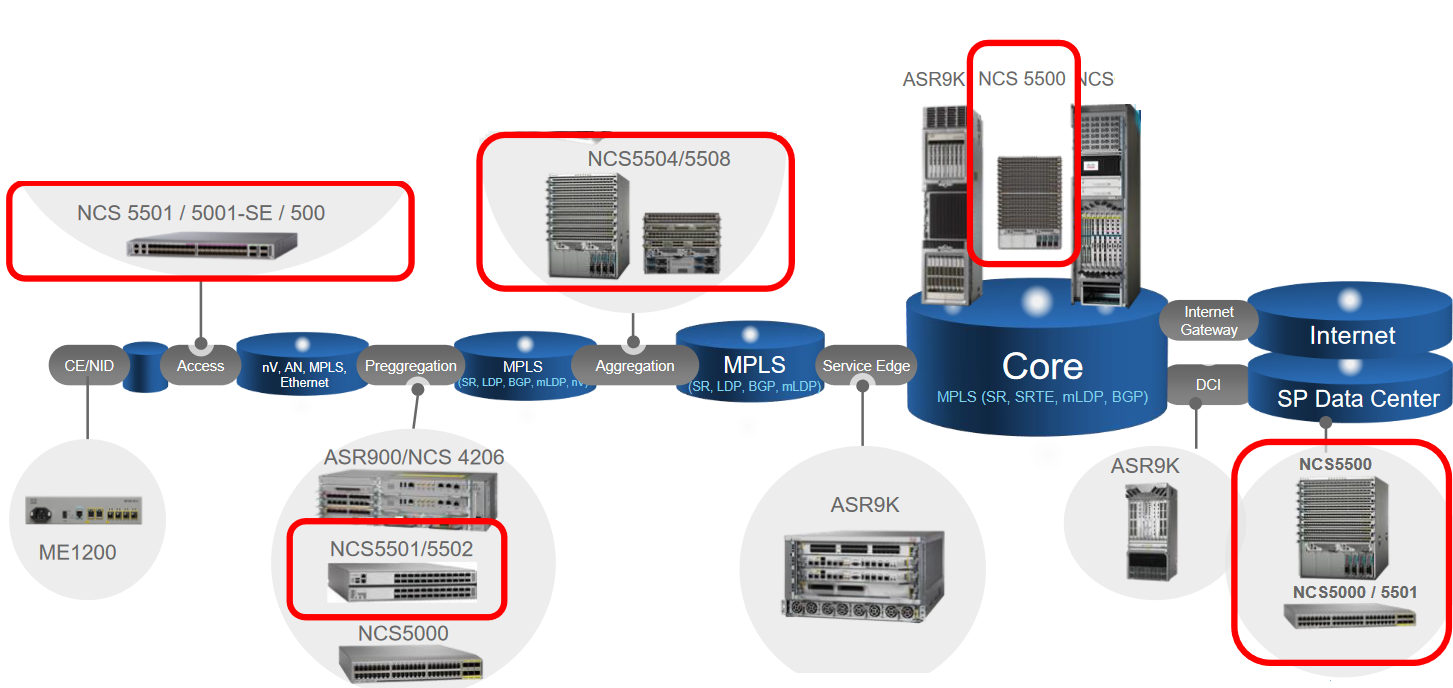We distribute Ericsson and Coriant's NG-SDH, PTN, C/DWDM, ROADM and OTN products, to construct next-generation networks for telecom operators in Taiwan. As for access networks, primarily we provide EPON passive Ethernet fiber-optic network solution for telecoms to establish FTTH networks. Regarding IP access networks, we provide carrier Ethernet systems for carriers to build FTTB Ethernet services, or for mobile operators as mobile backhaul services. As for IP core networks, we provide MPLS switching systems for enterprises or telecoms to form IP core switching networks.To respond to the synchronization demands of next-generation networks, such as PTN, OTN, and LTE, we resell Symmetricom's next-generation network synchronization system, which provides carrier grade NTP and IEEE 1588 PTP synchronization functions. Our solutions are described as follows:
NG SDH Network
To meet to the ever-growing bandwidth and flexible business demands, to provide better quality of service (QoS), and to reduce operating costs, we integrate voice with data (including the integration of packets and circuits), to provide variety services of interfaces such as PDH, SDH and GE/FE, and next-generation network NG-SDH, which is capable of performing flexible circuit alignment and dynamic bandwidth allocation, to be the mainstream solution.The key technologies of NG-SDH include Generic Frame Procedure (GFP), Link Access Procedure over SDH (LAPS), Virtual Concatenation (VC), and Link Capacity Adjustment (LCAS).
IDT cooperates with Ericsson and Coriant, the world-class optical communications companys, to distribute its NG-SDH series products, which allow flexible planning and configuration that satisfy telecom operators’ demands for broadband services. The products simplify the whole network and provide numerous services with speed and efficiency. These products allow telecoms to construct next-generation network systems with extreme flexibility and expandability.
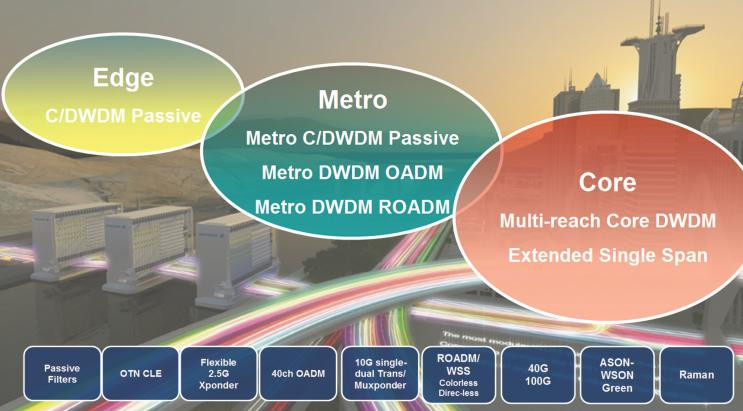
ROADM Network
Optical networks are key to the next-generation network technology.The continuous innovation of information, multimedia applications, and communications technology, broadband access is being upgraded constantly to offer innovative applications with more convenience. Moreover, the increase in the number of mobile users and demands for multimedia applications result in triple play services (data, voice, and video) and excessive demands in Internet bandwidth that can no longer satisfy consumers. Consequently, optical networks, which possess high transmission capacity, become the focus of development, and the deployment demand for optical networks is accelerated.
DWDM and ROADM are new backbone technologies that can increase backbone bandwidth or provide flexible bandwidth allocation. The DWDM technology effectively expand the transmission capacity of a single optical fiber, whereas ROADM allocate the network dynamically at any time by adding and dropping wavelengths, reconstructing the allocation of network resources. In short, the flexibility of the allocation of bandwidth and circuit for backbone networks required by modern society can be satisfied.
IDT cooperates with Ericsson and Coriant, the world-class optical communications companys, to distribute its optical long-haul transmission series products, which are a simple, effective, high-performance solution for the applications of core and metro networks.The products’ highly optimized and flexible configurations make expansion easy. You can provide any kind of service at any speed on any network segment. Based on the ever changing operational demands, network expansion can be separated into phases or any desired configurations for telecoms to construct next-generation backbone network systems with the highest flexibility and scalability.
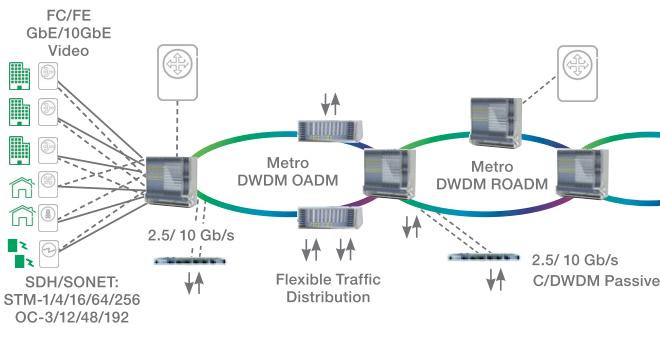
PTN/OTN Next Generation Network
The packet transport network (PTN) is primarily used to carry IP traffic and maintain the complete protection mechanism of the SDH network with less than 50 ms, fault diagnostic, OAM mechanism, hierarchical QoS, and end-to-end visual and centralized network management.
.jpg)
The optical transport network (OTN) is the next-generation optical backbone network, which is based on the DWDM technology. OTN solves several deficiencies of traditional WDM networks, including lack of alignment capability of wavelength and sub-wavelength, weak network construction capability, and poor network protection capability. It is an important part of the ASON network.
.jpg)
IDT has cooperated with Ericsson and Coriant, the global leading optical communications companys. Our cooperation large-scale telecom projects build our profound experiences in backbone network installation and operation.The deployment of PTN/OTN adopts Ericsson /Coriant series products to provide large capacity without occupying too much space. These systems offer multiple services including E1/E3/T3, STM-1/4/16/64, FE/GE/10G/40G/100G (for future), and can be upgraded to a WDM platform that combines all kinds of transmission technology.
In an era led by data, PTN/OTN effectively transmit packets (100% TDM smooth conversion to 100% packets) and greatly reduce the OPEX and CAPEX of operators.The professional construction and maintenance services provided by IDT with our high-efficiency transport equipment are the optimal option for the construction of IP network infrastructure.
EPON FTTH
FTTH service is to replace the POTS lines between subscribers and telecom central offices with fiber-optic networks, which are capable of higher transmission speed.Fiber-optic broadband transmission provides the bandwidth up to 100 Mps, which is 10 times faster than ADSL. The distance between subscribers and telecom central offices will no longer be a problem, and more remote areas can enjoy broadband services. With FTTH, users can be provided with high-quality and digitalized IP voice, data, and multimedia information. Fiber-optic transmission will be the pivot of the broadcast of life and the blueprint of the new Internet generation.
We cooperate with Suminet in Japan, which is specialized in constructing the NTT and KDDI fiber-optic network in Japan. Their valuable experiences in the installation and maintenance of EPON provide domestic telecoms with speedy and stable FTTH solutions.
.jpg)
Next Generation Synchronization Network
In the area of the next-generation synchronization network, we distribute relevant products from Microsemi FTD for the next generation time and frequenct synchronization network solution. Focusing on medium-to large telecoms, we provide Microsemi SSU2000, the modular design of which provides the distribution of reliable synchronization signals, holdover protection, and restoration of synchronization signals. Modules can be configured depending on various demands to respond to the quickly changing network applications. The commercialized Carrier NTP module and IEEE 1588 PTPv2 module have revolutionized with the change of network environments. In the future, we will provide new modules supporting relevant novel technology to insert in SSU 2000 chassis: Universal timing interface (UTI) is a new demand, which is so cost effective that telecom operators' investment benefits can be ensured.
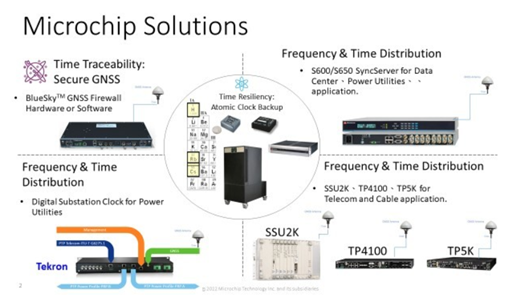
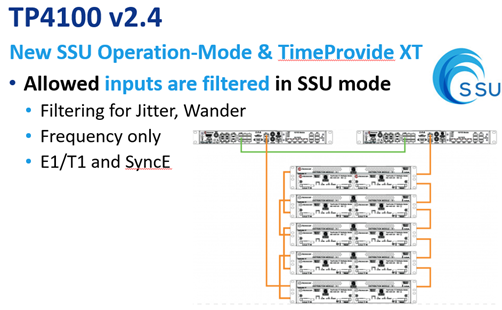
5G Mobile Backhaul /Carrier Ethernet Network
Regarding platforms specifically for the next-generation IP network infrastructure, we suggest Cisco new next generation platform-NCS (Network Convergence system) be used for mobile and fixed-line telecoms. The carrier grade Metro Ethernet (ME) network could serve as the mobile backhaul network for the base station of mobile and fixed-line telecoms. In addition, it offers FTTB(Fiber to the building) solution with Internet access services. In addition to the MPLS technology, this network is equipped with flexibly-adjustable broadband transmission capability. The open service interface creates diverse services of fast integration, and the end-to-end H-QoS control services are made possible. Through Ethernet OAM, operators can easily maintain end-to-end node status to achieve real-time operation monitoring purposes. Moreover, any failure happening at network nodes the network can be converted to normal operation within hundreds of milliseconds, and voice services would not be interrupted. Another crucial technology of the Metro Ethernet is the support of Ethernet clocking. The platform distributed by IDT not only complies with the IEEE 1588v2 standard but also provides various clocking interfaces, including SyncE for use of different telecoms or equipment.
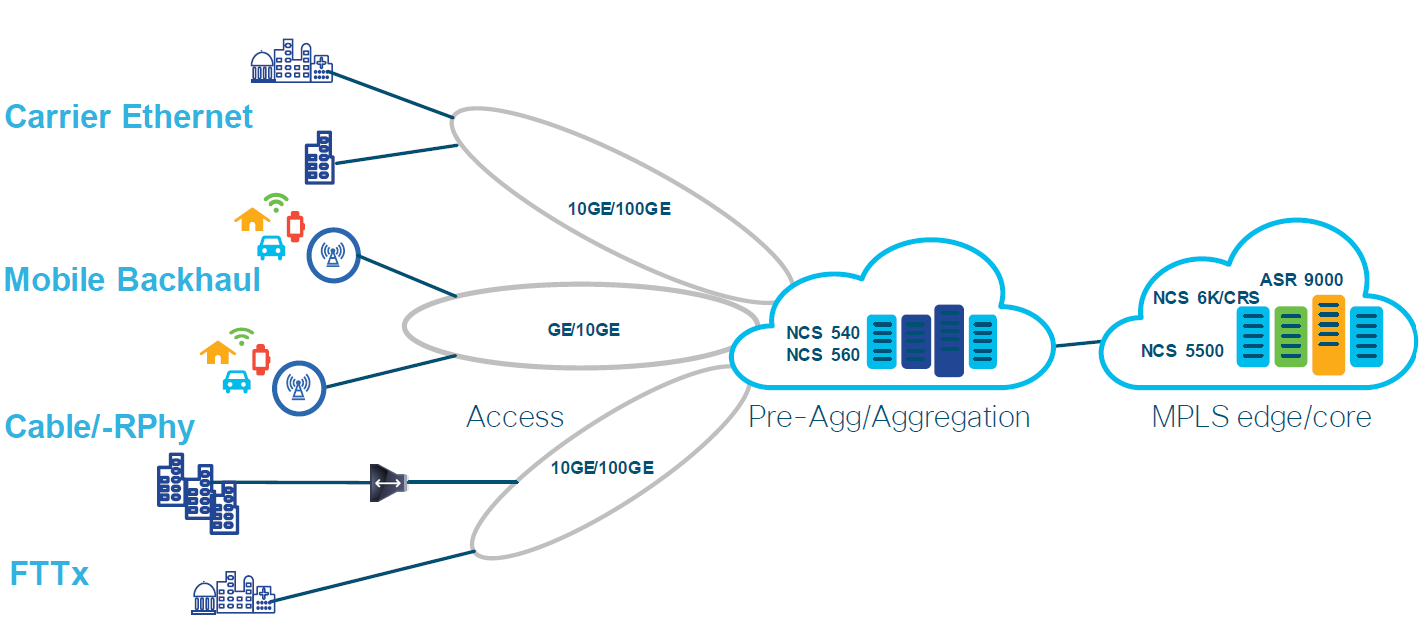
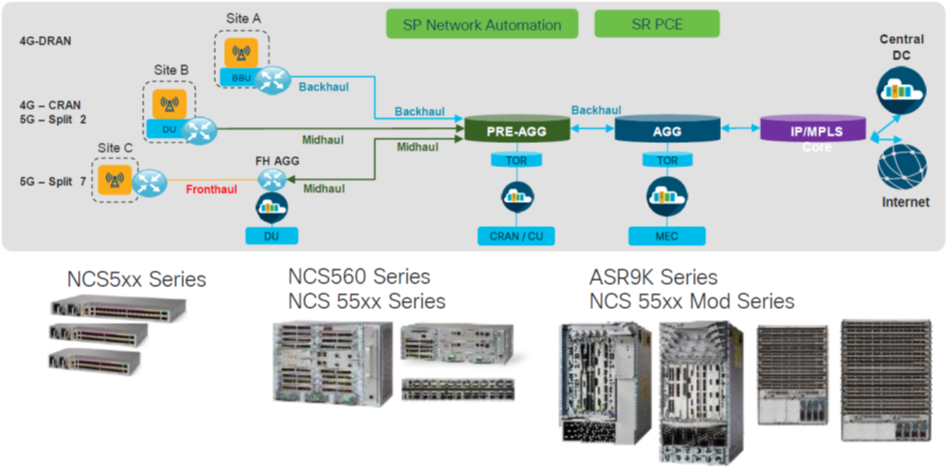
MPLS with SR Core Switching Network
Segment Routing (SR) is the next-generation MPLS high-speed backbone standard, which operates according to the principle that every IP packet is added with a label to determine the route and priority of packets. The router only examines the label upon receiving the packet but does not check the whole IP address and header of the packet. This simplifies the checking procedures of the router, thereby increasing the transmission speed and effectively reducing latency. To roll out next-generation broadband services, telecom operators integrate with existing IP/MPLS backbone infrastructure with Segment Routing technology.
In the field of IP core networks, Segment Routing is beneficial to the low cost, high scalability, and high flexibility required by mobile operators. Moreover, existing investments could be thoroughly utilized, and capacity can be enlarged specifically for emerging data flows. The traditional MPLS backbone network cannot satisfy all the demands of the current mobile network, such as expandability and continuous decrease in costs. These restrictions, however, can be solved by the Segment Routing technology, which is flexible in construction and allows telecoms to rapidly evolve existing 4G/LTE networks to 5G. This protects mobile operators’ investments in 4G/LTE networks by guaranteeing the conversion to 5G networks. Also, the expansion space needed for surging data transmission in the future can be preserved.